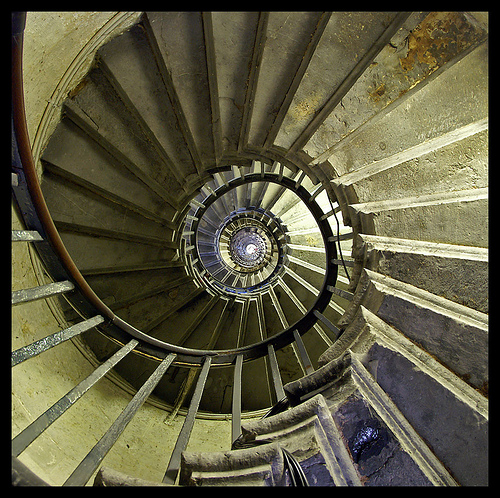Don’t Go Nowhere Fast
Scenes must have a point to them or they shouldn’t be in your novel. I’ll repeat that. Scenes must have…

Scenes must have a point to them or they shouldn’t be in your novel. I’ll repeat that. Scenes must have…

We’re looking at scenes right now, and in my last post I talked about creating each scene so that it’s…

While we’re on this multi-monthlong discussion of all the essential elements needed in your first few pages, I want to…

Subscribe to my email blasts to level up your writing and be notified of upcoming events and offers!
No products in the cart.